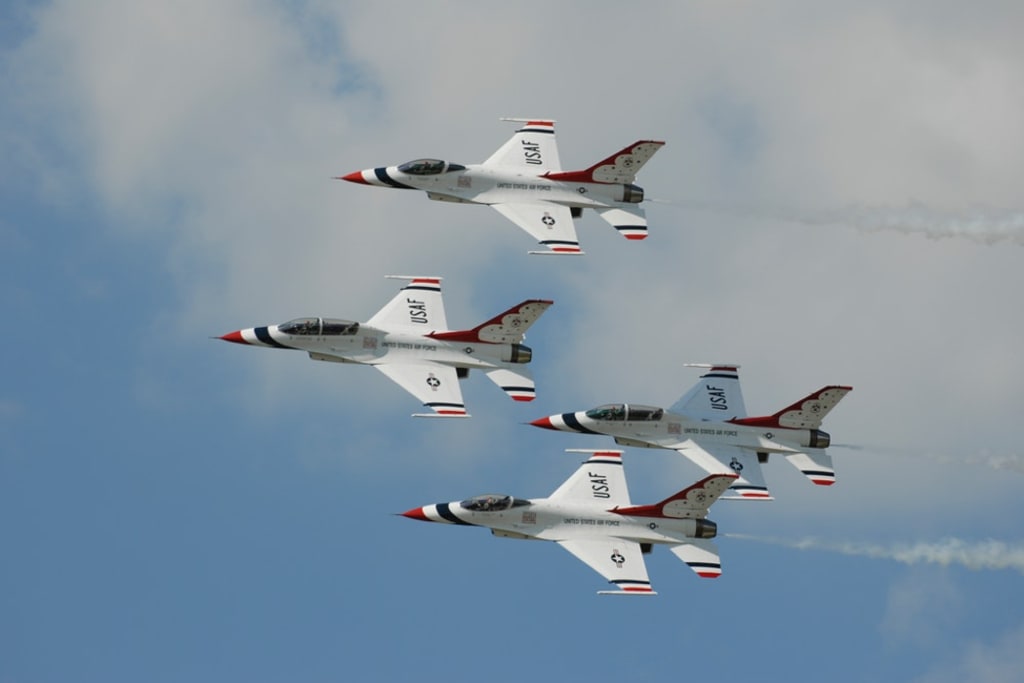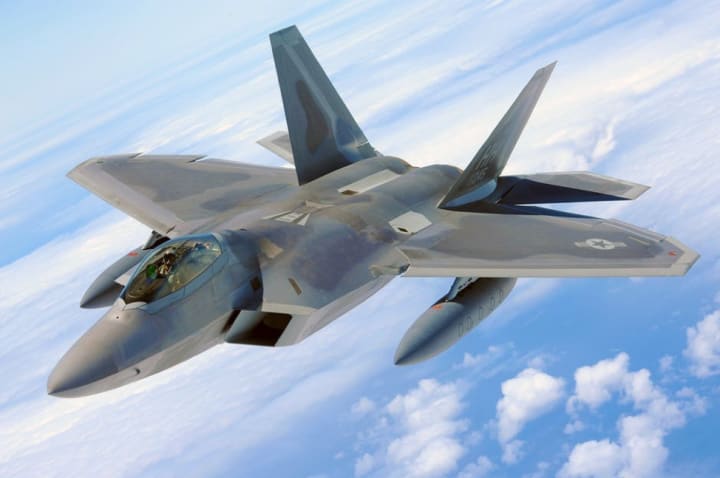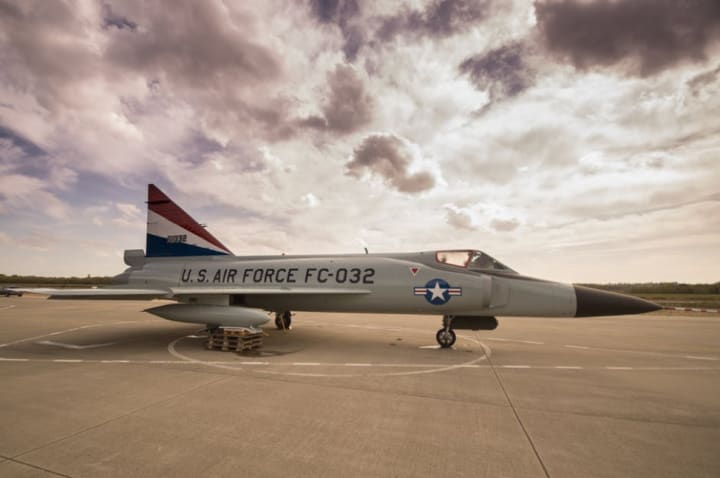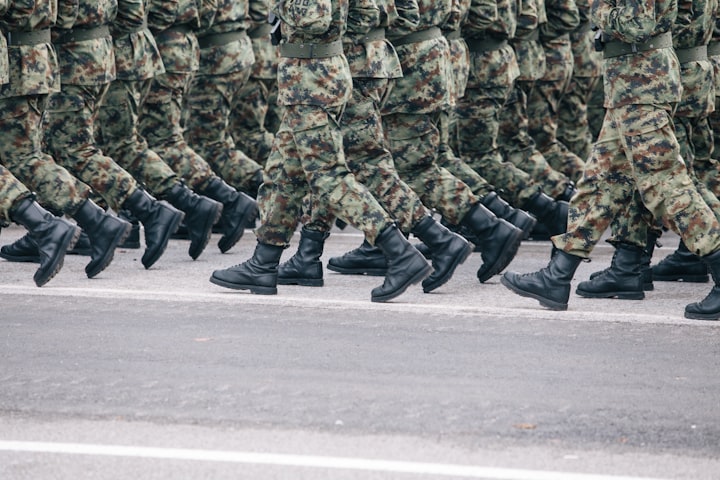
Becoming an Air Force pilot, as one writer noted, is "no easy task. [But] if you make it, you will be among the elite of the elite in the United States armed services." Elite for two reasons: the first is that it takes years of dedication to become an Air Force pilot, and second because even the most dedicated don't make it since it also requires a level of expertise that some may never attain. There are many questions you should ask before joining the Air Force. There are also many unavoidable or unpreventable factors that can block your path to becoming an Air Force pilot, and in this article we are going to consider everything you'll need to know if you wish to attain the coveted position of a United States Air Force pilot.
The Major Issues for an Air Force Pilot
It is extremely useful for you to understand the fundamentals required for you to qualify to become or train as an Air Force pilot, and they include:
- Age
- Physical Condition
- Citizenship
- Specific Educational Degrees
- Rank in the U.S. Air Force
- Specific Scores on Aptitude Tests
- Flight Training
Let's begin with your age. Those who wish to train have to be between the ages of 18 and 28, and there is a caveat with age. "Aspiring pilots must appear before the military board that commissions officers before turning 29 and must enter flight training before turning 30. Age waivers might be available in some cases if you are 35 or under."
If you take the steps necessary to become a pilot within that fixed window of time, you will also have to undergo a battery of tests, including a physical test. Being in good physical condition is a must for anyone in the Air Force, in general, but even more so for pilots. And as we mentioned, there may be some factors outside of your control. As an example, the height limit is 6' 5" and the minimum is 5' 4", and seated heights cannot fall outside of 34"-40." You cannot be considered overweight for your height.
Similar to National Guard requirements, your vision is tested and you must have a minimum of 20/40 near vision and a 20/200 distant vision. If your vision is "corrected" with glasses or contacts, it has to be 20/20. Anyone with depth perception problems, a history of laser eye surgery, or color blindness are automatically out of the running. Additionally, those who have a history of hay fever asthma or allergies after the age of 12 cannot be allowed into Air Force pilot training or programs.
Naturally, and as one might expect, U.S. citizenship is required, and yet "even if you don't yet qualify as a civilian to become a citizen, your military service gives you a leg up." How? Those who are not yet American citizens can earn citizenship the moment they enlist in the Air Force (or other Armed Forces). In the past, it required a five year waiting period before an enlisted person could apply, but to speed up citizenship for those in the military, an Executive Order in 2012 changed this and so your enlistment can actually help you become an Air Force pilot.
Beyond the Basics

Image courtesy Pixabay
So, you cannot have a history of hay fever, asthma or allergies, need fairly good (natural) vision, and need to fall within the set age ranges as well as being a natural citizen or enlisted and applying for it. There are also the educational issues if you wish to enter the Air Force academy or get a shot at a career as an Air Force pilot.
The most important is that you will have to have a Bachelor's degree from a civilian university OR the Air Force Academy in Colorado Springs, CO. The field of study you should graduate in should be something that applies to flying, such as chemistry, computer science, physics, or aerospace engineering. Your GPA has to be 3.4 or higher.
If you are someone with private pilot licensing, that appeals to the board tasked with selecting candidates too. One thing that cannot be ignored, though, is the rank you must have in order to even be considered.
Anyone who wishes to train as an Air Force pilot is required to be an officer at the rank of second lieutenant (commissioned). Air Force officer qualifying is done in a few ways. You can be part of Air Force reserve officer training during your time in college (civilian). You might also attend the 12-week Air officer training corps or Officer Training School (at Maxwell Air Force Base in Montgomery, AL) in the post-graduate period after getting your Bachelor's degree. You can also make a direct application to the Air Force Academy. This is one of the most challenging ways to do so as only 1,400 applications are accepted annually, and your application requires nomination by a member of Congress.
Formal Testing

Image courtesy skitterphoto
Candidates are also run through physical, psychological and aptitude tests. There is the Air Force Officer Qualifying Test that features a pilot and a pilot navigation portion. This is similar to the SAT and is considered quite rigorous. Anyone who wishes to become an Air Force pilot also has the Flying Class I physical to pass. If all of that is a success, you can get into formal Flight School.
This is the Air Education and Training command in Randolph Air Force Base in San Antonio. Once there, you have flight training (unless you already have a civilian pilot license or undergraduate pilot training). Then you get specialized pilot training for a full year, which makes you capable of flying like all other active duty pilots, including those at Laughlin Air Force Base, Columbus Air Force Base or Vance Air Force Base.
Then it is on to advanced training, learning to fly specialty vehicles.
And what if something prevents you from working in the way you'd like? There are always reserve options, and frequent pilot shortages can often open the door for those who might not otherwise enter training. If you are a good pilot and a dedicated member of the Air Force, your Air Force photo might soon show you as the pilot you'd hope to be. You might even be flying the most expensive Presidential planes!
About the Creator
Jake Pine
A former Division-1 QB and alt-country enthusiast






Comments
There are no comments for this story
Be the first to respond and start the conversation.